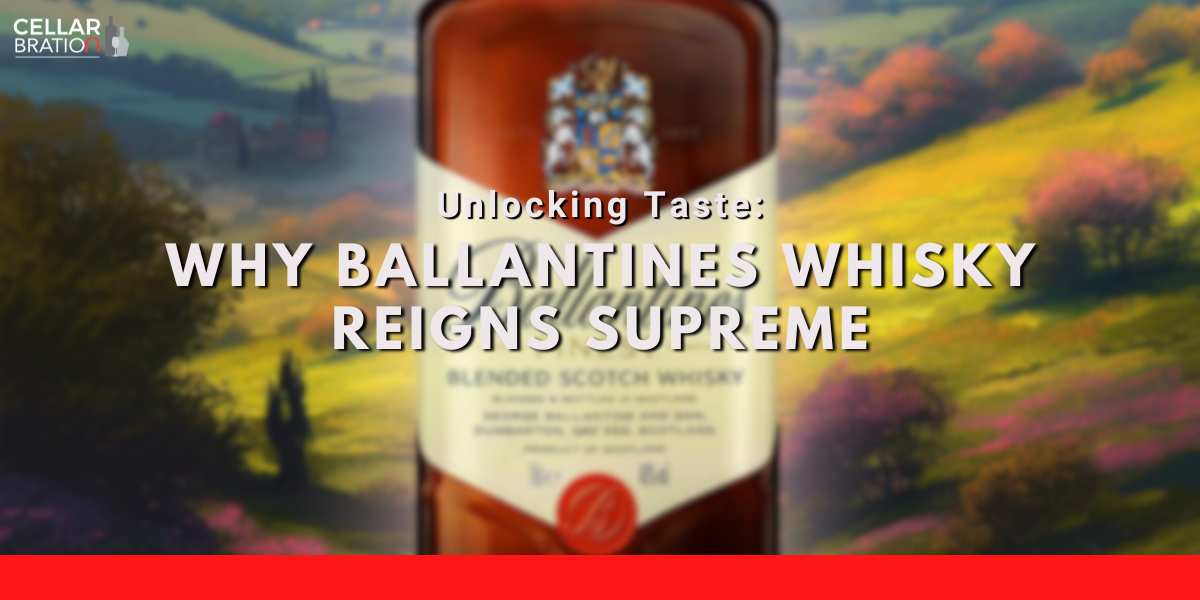
We seek solace in alcohol for different reasons. Amid our liquor-greedy excuses, ever heard that alcohol is medicine for the mind, heart, or soul? Dare you say it and feel the heat shimmer off the judgement of others, or be the judge in this room.
Regardless, I’m sure this isn’t the first you’ve heard of it. Before we start casting eye-rolls, it pays to realise that this is, in fact, the right mindset, but of just… the wrong era.
Back in the late Stone Age, alcohol was medicine (hello, fellow cavemen). From snake bites to disease control, these liquors carried great medicinal value and were widely used in ancestral remedies. How wild is it that you could get a whiskey prescription for acute fever? Caution: Please don’t try this at home, it stands to reason why it’s currently invalid.
Only with the rise of science in the 19th century did pharmaceuticals govern today’s medicines. Of the vast alcohol inventory, two longstanding labels have been and still are commonly known as medicinal liquors: Jägermeister & Absinthe.
About Jagermeister
Sweet born out of sour, the Jagermeister was first produced in a vinegar factory (yes, you heard me right) in 1935, and has since upheld a notorious reputation. From controversial claims as a medicinal elixir to a potion containing stag blood, one definite truth that is proudly maintained through the decades is their blend of 56 herbs and spices, including star anise, liquorice root, and ginseng. Wearing a bold crimson flush, Jägermeister was originally used as a digestive and anti-inflammatory treatment for chronic cough, eczema, and stomach illnesses.
While many of us know by way of shots, Jägermeister is a popular after-dinner sip in Germany, taken to aid digestion. Though not medically proven, people today still swear by its healing properties in cases of the common flu. In fact, some even consume it as a health tonic regularly, believing in the positive effects of faithful consumption.
Among the extensive list of 56 ingredients, however, the Jägermeister does not contain stag blood, contrary to urban legend. Literally translated as “master hunter”, Jägermeister has been big on honouring tradition, thus hardly changing the appearance of its label. Perhaps spun by intoxicated minds, the iconic placement of a glowing cross above an unwavering stag neatly encased by a timeless Oskar von Riesenthal poem is hard to ignore.
Rest assured though; you won’t be drinking anything from a stag but may very well feel like one after some Jäger shots. I don’t blame you; this botanical blend contains a high alcohol content -- topping at 35% alcohol by volume (ABV) and can get you drunk fast. Thus, it is commonly enjoyed mixed, just like in the famous Jäger-bomb and Red Headed Slut. They make a great base for cocktails too.
About Absinthe
Making Jagermeister seem like child’s play, absinthe is highly alcoholic -- containing 50-70% ABV is a strong counterpart in the medicinal liquor rack. Originally commercialised in France in the late 1700s, absinthe is an emerald-green liquor that has been closely associated with the Green Fairy. Made with a blend of white grape, grand wormwood, anise, fennel, and other botanicals, this spirit is known to cause hallucinations while also medically benefiting patients of epilepsy, kidney stones, rheumatism, and child-birthing pains.


The Green Fairy sitting all pretty in green (on the left). (Image courtesy of ScienceHistory)
Hallucinogenic Effects
Liken a potion, absinthe gained a hallucinogenic reputation through endorsements by significant artists and writers. To list a few, Vincent van Gogh, Oscar Wilde, Pablo Picasso, and Ernest Hemingway were fans of imbibing this ethereal liquid to reach artistic nirvana. As though brewed from a witch’s magical pot, this spirit has since been granted an almost terrestrial quality. But before you jump the gun and attempt at fame, hear me out.
It’s a myth.
What gives absinthe its iridescent green hue is, in fact, chlorophyll— the pigment in plants that helps them absorb energy— extracted during the brew. This, however, has no link whatsoever to claims of hallucinogenic effects. Researchers have held the chemical thujone responsible for these psychological effects; high thujone levels can cause convulsions or death. As a result, absinthe was banned in the U.S. and several European countries in the early 1900s.
Quite on the contrary, experts estimate that you would sooner die from alcohol poisoning far before thujone. While there is little to fear, there have been adaptations of thujone-free absinthe, especially that in the United States of America (USA). Like the Jägermeister, you shouldn’t drink absinthe neat. The traditional way involves dissolving a sugar cube over an absinthe spoon into the jade liquid. It is also much enjoyed in cocktails.
Consume in Morderation
Till today, although the medicinal value of these liquors remains unproven, the botanical makeup of Jägermeister and absinthe may just be worth the rave in some way. Considering that the herbs and spices are also used in Traditional Chinese Medicine (TCM) practices, who’s to deny our alcohols of their credits? A moderate consumption of alcohol is found to boost heart health and leads to lower incidences of stroke and diabetes. At the end of the day, medicinal or not, the stag still charges, while the green fairy still flies, enchanting wilful drinkers under their celestial spells.





